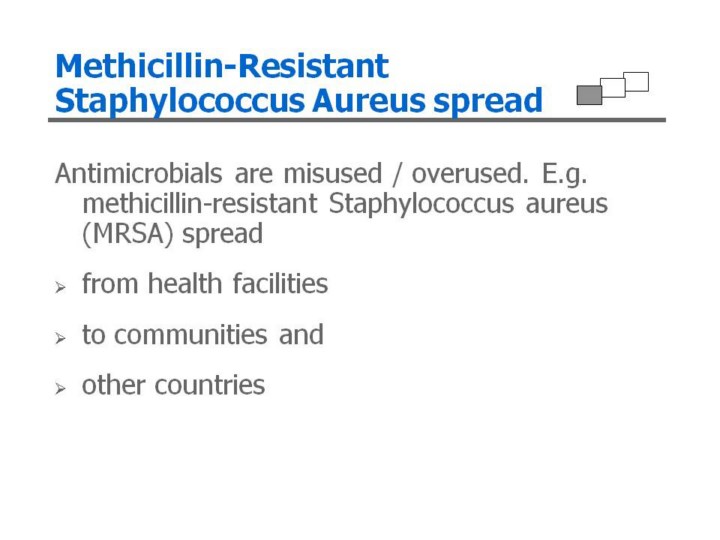| front |1 |2 |3 |4 |5 |6 |7 |8 |9 |10 |11 |12 |13 |14 |15 |16 |17 |18 |19 |20 |21 |22 |23 |24 |25 |26 |27 |28 |29 |30 |31 |32 |33 |34 |35 |36 |37 |38 |review |
 |
According to the CDC, Methicillin-resistant Staphylococcus Aureus (MRSA) is a type of staph bacteria that is resistant to beta-lactams antibiotics such as methicillin, oxacillin, penicillin and amoxicillin (since the 60s).
MRSA causes life-threatening severe hospital infections such as pneumonia, blood stream and surgical site infections. In the USA in 2000, over 50% of the S. aureus nosocomial infections were methicillin-resistant. Vancomycin-resistant enterococci were documented in 1986 and are endemic to many US hospitals. MRSA spread from hospitals to the community in persons who were not hospitalized. In the community, MRSA is mostly skin infections (see pictures on the CDC site).
|